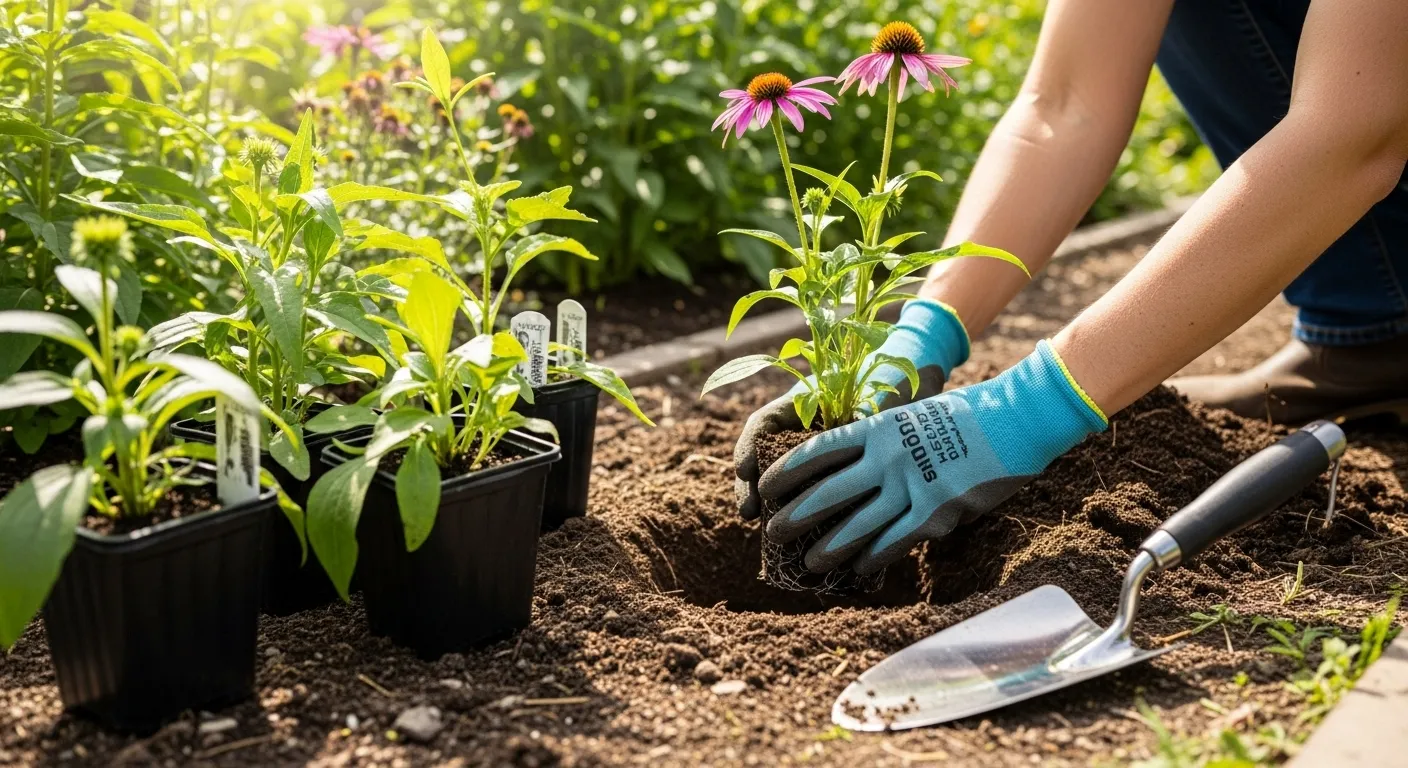
You want a garden full of life. You also want to conserve water. Build a low-water pollinator border with native plants. Native plants support local bees, butterflies, and birds. They are adapted to your climate. This means less work and less water for you. This guide gives you a clear plan for a beautiful, functional garden. Follow these steps to create a resilient outdoor space.
Plan Your Low-Water Garden
Success starts with observation. Before you buy plants or dig, analyze your site. A few hours of planning prevents common gardening mistakes. You will create a garden suited to its environment.
Check Your Sunlight and Climate Zone
Sunlight is your garden’s engine. Most drought tolerant perennials need full sun. Full sun is six or more hours of direct sunlight per day. Watch your proposed garden area for a full day. Note when the area gets sun and when it is in shade. Morning sun is gentler than hot afternoon sun. This information helps you choose the right plants.
Know your USDA Plant Hardiness Zone. Your zone tells you which perennials will survive winter in your area. You can find your zone on the USDA website by entering your zip code. Choosing plants rated for your zone is critical for long term success.
Assess and Amend Your Soil
Healthy soil grows healthy plants. Drought tolerant plants prefer soil with good drainage. They do not like to have wet roots. Determine your soil type. Is your soil heavy clay or fast draining sand? To find out, perform a simple soil test. Dig a one foot deep hole. Fill the hole with water. If the water drains in under an hour, your soil drains quickly. If the water takes many hours to disappear, you have slow draining clay.
Your local Cooperative Extension service offers soil testing kits. These tests give you detailed information about your soil’s texture and nutrient content. Use this data to make smart soil improvements.
To improve drainage in clay soil, add organic matter. Compost and pine bark fines create air pockets. These pockets allow water to move through the soil. For sandy soil, compost helps retain moisture and adds nutrients. Spread a two to three inch layer of compost over the new garden bed. Work the compost into the top six to eight inches of soil with a garden fork. Avoid adding sand to clay soil. This creates a concrete like substance.


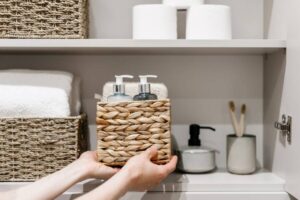
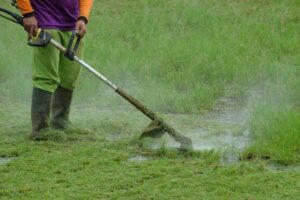




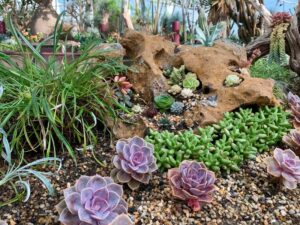

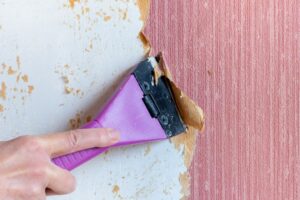
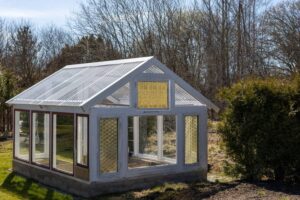




One Response
I love the tips shared in your article! Designing a low-water garden feels so rewarding, and supporting local wildlife is a bonus! By the way, if you ever need to stock up on planting supplies or organic soil amendments, I highly recommend exploring Suplery for hassle-free inventory management and free delivery directly from suppliers.